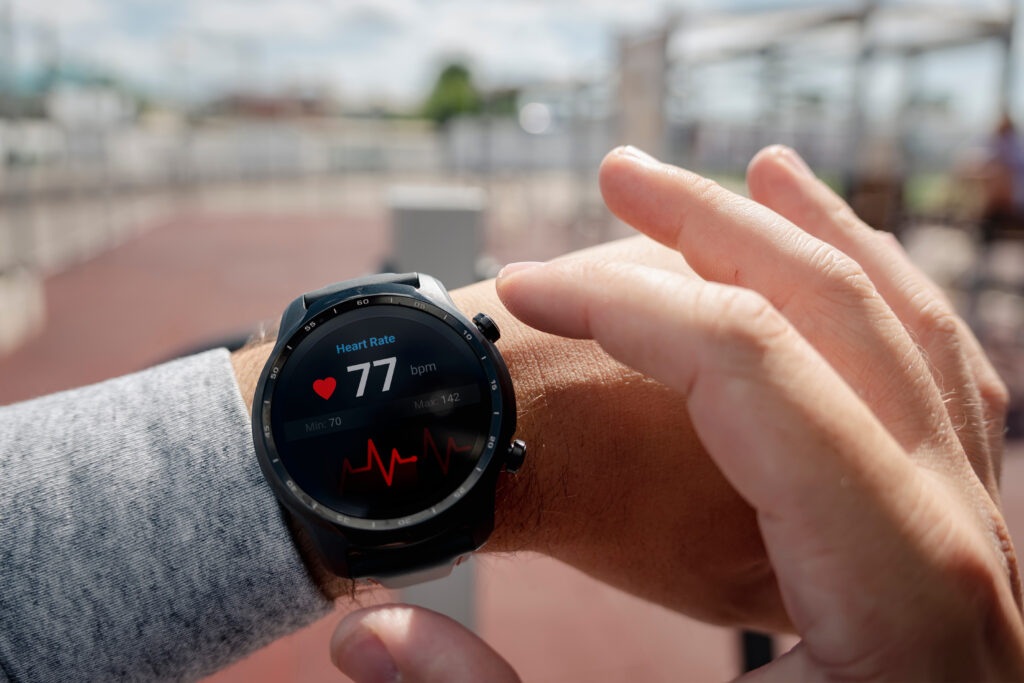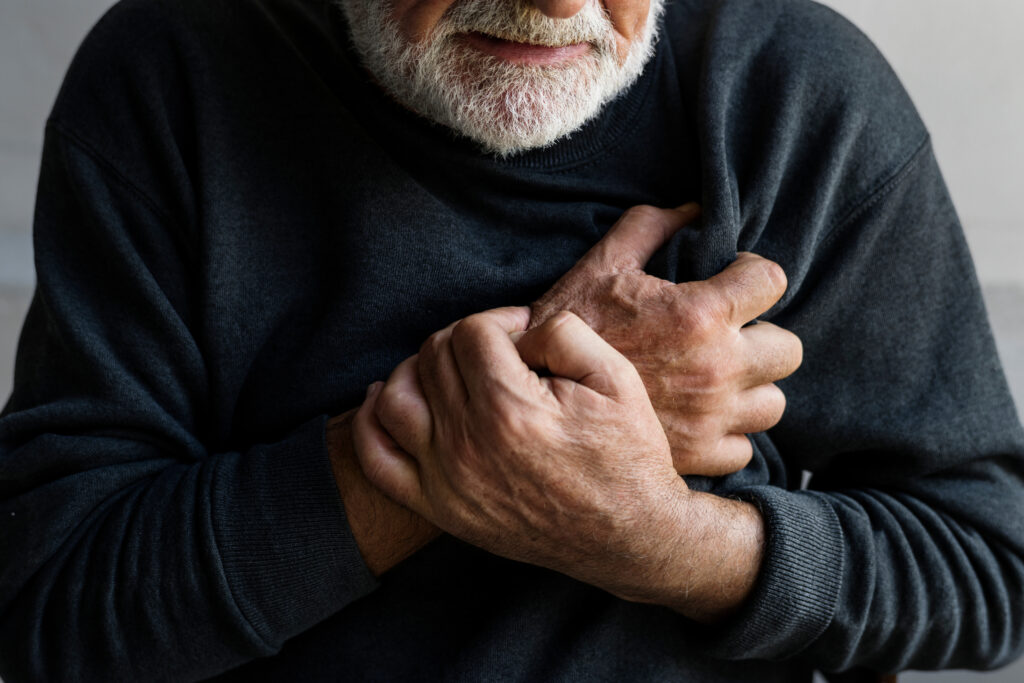Heart attacks, or myocardial infarctions, remain a leading cause of death globally. In the United States alone, over 800,000 individuals suffer a heart attack each year. These events often result in physical limitations and an increased risk of future cardiac complications, making recovery a challenging journey.
Physical therapy is a cornerstone of cardiac rehabilitation (CR), pivotal in guiding patients through a safe and effective recovery process. By designing tailored exercise programs, monitoring vital signs during activity, and addressing mobility or strength deficits, physical therapists (PTs) help rebuild cardiovascular fitness, enhance physical function, and reduce the likelihood of future heart issues. Rehabilitation programs that integrate physical therapy have been shown to significantly improve recovery outcomes, empowering patients to regain their health and confidence.
This blog explores how heart attacks occur, what cardiac rehabilitation entails, and the proven heart health benefits of this life-changing intervention.
Causes of Heart Attacks
A heart attack occurs when blood flow to a part of the heart is severely reduced or completely blocked, often due to fatty deposits (plaque) building up in the coronary arteries, a condition called atherosclerosis. Plaques can rupture, forming blood clots that obstruct the artery and deprive heart tissue of oxygen, leading to damage.
Key risk factors for heart attacks include:
- High blood pressure
- High cholesterol
- Smoking
- Diabetes
- Obesity
- Sedentary lifestyle
What is Cardiac Rehabilitation?
Cardiac rehabilitation is a comprehensive, medically supervised program designed to improve cardiovascular health and reduce the risk of future cardiac events. A multidisciplinary team of healthcare professionals, including cardiologists, PTs, nurses, dietitians, psychologists, and exercise physiologists, collaborate to provide personalized care. This data-driven approach integrates diagnostic results and real-time monitoring to tailor safe and effective programs for each patient. The rehabilitation process is structured into three progressive phases:
Phase I: Inpatient Rehabilitation

- Conducted in the hospital after a cardiac event, focusing on early mobilization such as light walking or stair climbing, which has been shown to improve functional outcomes.
- Patients receive heart health education, including safe activity guidelines, stress management tips, and medication adherence strategies.
- Vital signs like heart rate, blood pressure, and oxygen levels are monitored closely to ensure safety.
Phase II: Outpatient Rehabilitation
- A structured program involving supervised exercise and lifestyle counseling, typically lasting 6–12 weeks.
- Exercise plans are highly individualized, incorporating medical history, stress test results, and real-time monitoring during sessions:
- Aerobic Exercise: Treadmill walking, cycling, or arm ergometry to build cardiovascular endurance.
- Resistance Training: Weights or resistance bands for strength-building.
- Balance and Flexibility: Exercises to improve mobility and reduce fall risk.
- Monitoring includes telemetry (real-time ECG), blood pressure, oxygen saturation, and perceived exertion to adjust exercise intensity and identify complications.
Phase III: Maintenance

- Focuses on long-term adherence to heart-healthy habits and self-guided exercise routines.
- Patients track progress through wearables or fitness trackers and are encouraged to maintain the lifestyle changes developed in earlier phases.
Benefits of Cardiac Rehabilitation
The benefits of cardiac rehabilitation are supported by extensive research, including findings from an extensive Cochrane Review:
- Reduced Cardiovascular Mortality: CR lowers the risk of dying from heart-related causes by 23% within the first three years and by 42% in the long term.
- Lower Risk of Future Heart Attacks: CR decreases the likelihood of another heart attack by up to 33%.
- Fewer Hospitalizations: Participants experience a 42% reduction in hospitalizations during the first year, improving quality of life and reducing healthcare costs.
- Improved Quality of Life: Patients report better physical function, vitality, and mental health.
- Cost-Effectiveness: CR provides measurable health benefits at a reasonable expense, including gains in quality-adjusted life years.

Physical Therapy Near You for Cardiac Rehabilitation
Recovering from a heart attack is a complicated process, but cardiac rehabilitation offers a structured, safe, and effective pathway to recovery. CR reduces the risk of future heart problems and improves day-to-day quality of life. Your PT will play a vital role in helping you regain function and independence and restore heart health.
Seeking treatment from a qualified physical therapist is essential for heart recovery. Regular sessions with a physical therapist can significantly improve your endurance, strength, and mobility and enhance your overall quality of life. Take the first step towards recovery by finding a physical therapy location near you. Early intervention can lead to quicker and more effective relief, allowing you to return to normal activities and get back to what you love.

